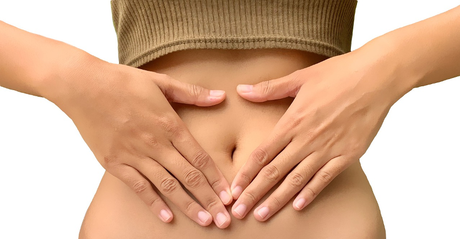
Numerous millions of women around the world have endometriosis, a chronic disease. It happens when the endometrium-the tissue that typically lines the interior of the uterus-grows outside of the organ. This unnatural growth may harm fertility and result in pain and inflammation. This article will provide in-depth information about endometriosis, including its causes, signs, symptoms, diagnosis, and available medical and non-medical treatments.
Understanding Endometriosis
Endometriosis is a complex condition that is still not fully understood. While the precise reasons behind it are still unknown, a number of ideas contend that genetic abnormalities, immune system dysfunction, and hormone imbalances may all play a role in the condition's emergence. The syndrome may last till menopause and primarily affects females of reproductive age.
Symptoms of Endometriosis
The symptoms of endometriosis can vary from mild to severe, often coinciding with the menstrual cycle. If you notice any of the following signs, you need to consult a specialist as soon as possible.
Pelvic Pain
Persistent and chronic pelvic pain is a hallmark symptom of endometriosis. The pain may range from mild to severe and can occur before, during, or after menstruation.
Painful Periods
Numerous people with endometriosis report having painful menstrual cramps not eased by over-the-counter painkillers.
Painful Intercourse
Endometriosis can cause deep pelvic pain during sexual intercourse, leading to discomfort and reduced sexual satisfaction.
Heavy or Irregular Periods
Some women with endometriosis may have abnormally heavy or irregular menstrual bleeding.
Fatigue and Low Energy
Chronic pain and hormonal imbalances associated with endometriosis can result in fatigue and low energy levels.
Medical Treatment Options
Pain medication
Over-the-counter pain relievers, such as nonsteroidal anti-inflammatory drugs (NSAIDs), can help manage the pelvic pain and cramping associated with endometriosis.
Hormonal Therapy
Hormonal treatments, such as birth control pills, progestin-only medications, and gonadotropin-releasing hormone (GnRH) agonists, can help regulate the menstrual cycle and reduce the growth of endometrial tissue.
Surgery
Surgery might be required in extreme circumstances or when fertility is a problem. Endometrial growths, scar tissue, and adhesions can be removed with laparoscopic surgery, enhancing fertility and providing relief.
Natural Treatment Approaches
While medical interventions are often necessary, some women may explore natural treatment options to complement their conventional treatment or manage mild symptoms. These approaches include:
Dietary Changes
Following an anti-inflammatory diet, which emphasizes consuming whole foods, decreasing processed foods, and avoiding potential trigger foods like gluten and dairy, can provide relief for some women.
Exercise and Stress Management
Regular exercise, yoga, and stress-reduction techniques, such as meditation or mindfulness, can help alleviate symptoms and promote overall well-being.
Herbal Remedies
Some plants, like chamomile, ginger, and turmeric, have anti-inflammatory effects that could help with symptoms. However, speaking with a medical expert before including herbs in your treatment regimen is imperative.
Acupuncture
Acupuncture, a traditional Chinese therapy, involves inserting thin needles into specific points of the body. Some women report reduced pain and improved well-being after acupuncture sessions.
Conclusion
Endometriosis may substantially impact a woman's quality of life. Endometriosis cannot be cured. However, medical therapies and natural methods can help control symptoms and enhance general health.
A healthcare practitioner should be consulted to create a personalized treatment plan that considers your unique needs and objectives. Just keep in mind that every woman's experience with endometriosis is different and that with the correct treatment and support, it is possible to have a full life despite this condition's difficulties.
Comments
comments

